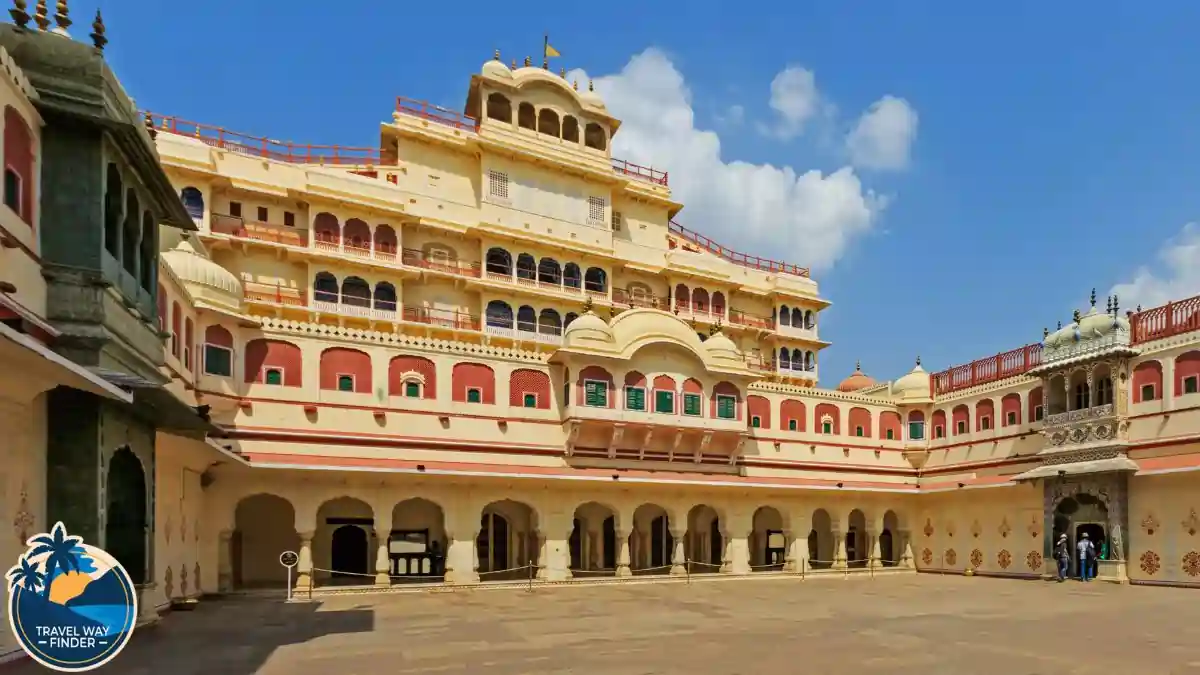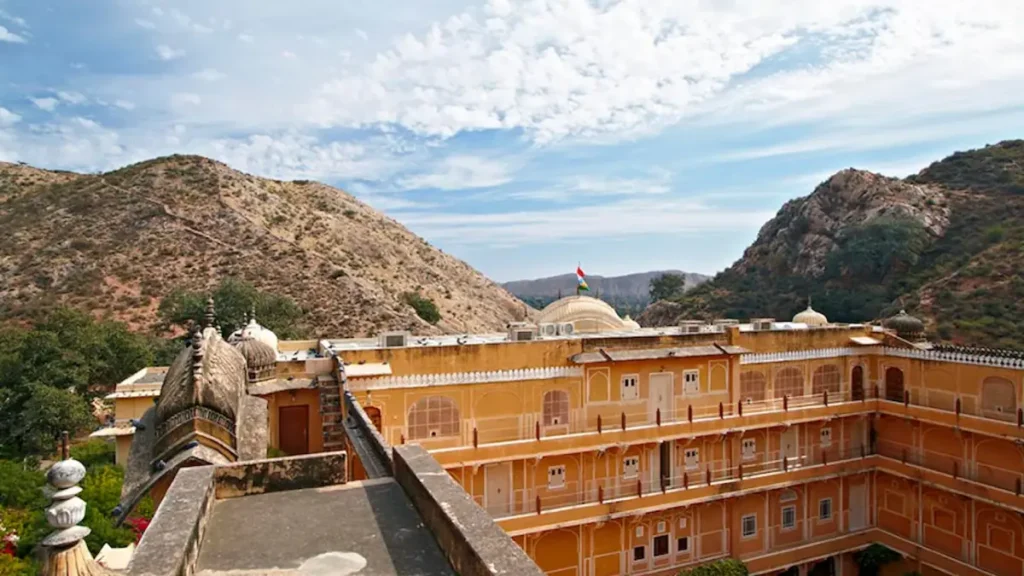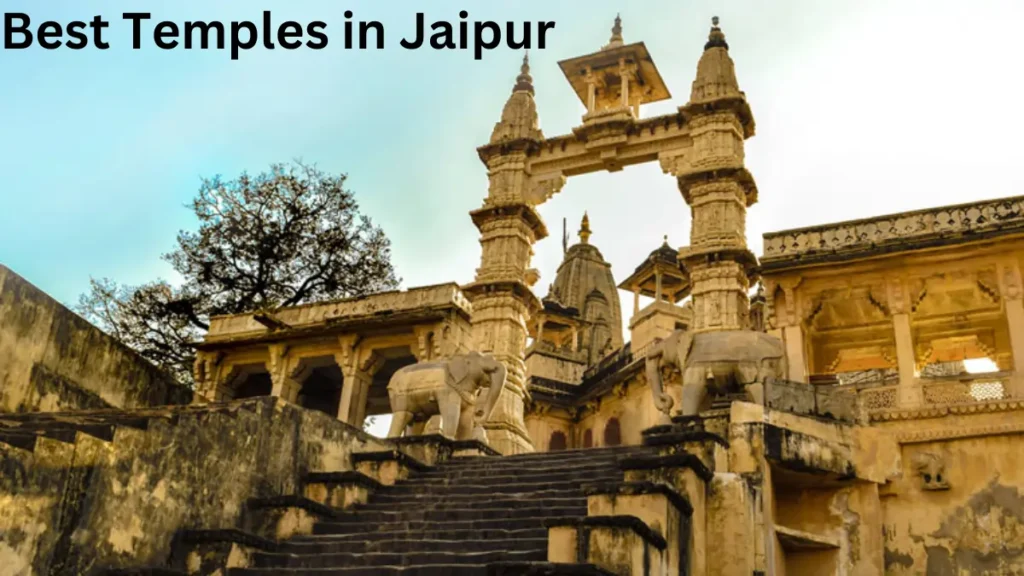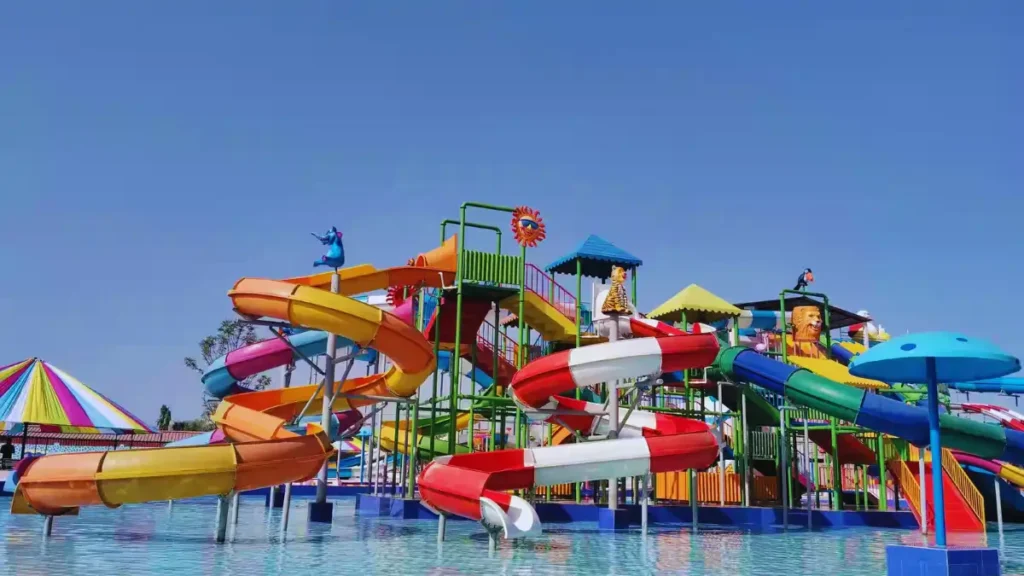Jaipur, the capital of Rajasthan, stands as a testament to India’s rich history and cultural heritage. At its heart lies the renowned City Palace, an architectural marvel that beckons visitors from far and wide. Let’s delve into the enchanting history and attractions of this regal landmark.
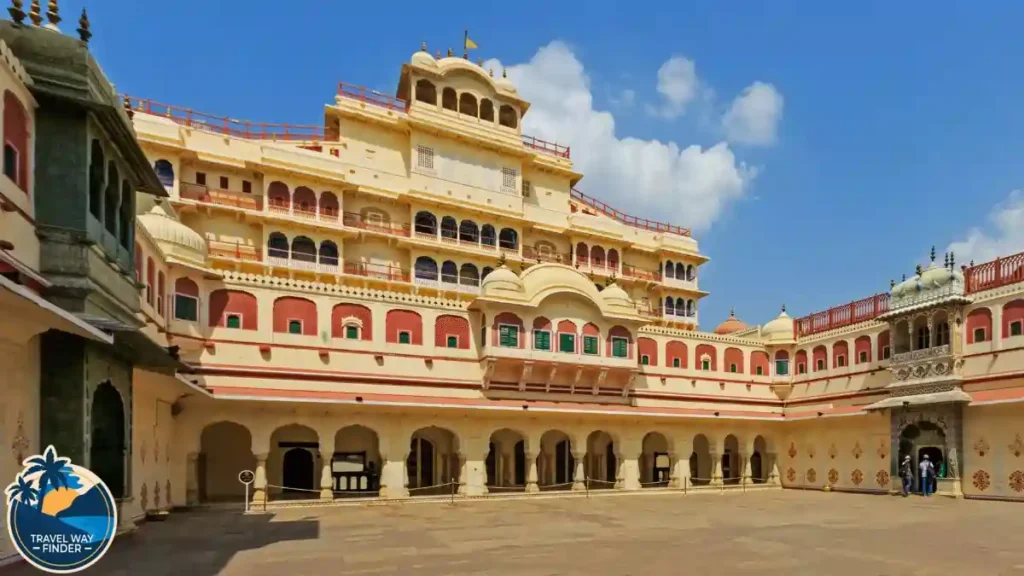
History of City Palace
The City Palace is a building that has preserved the history of the city and is a symbol of grandeur. The City Palace was built between 1729 and 1732 by Sawai Jai Singh, the head of the Kachwaha Rajput dynasty. It was he who built the city of Jaipur. Bengali architect Vidyadhar Bhattacharya had architected this beautiful structure following the rules of Vastu Shastra and Samuel Swinton Jacob also supported him in this work.
The collaboration with Samuel Swinton Jacob infused European influence into the palace’s structure. Initially serving as the residence of the royal family of Jaipur, the City Palace is now partitioned into two sections. One part comprises courtyards and museums, while the other serves as the current dwelling place for the royal family. This palace is full of architectural wonders and that is why the city attracts a good number of tourists throughout the year.
Location of City Palace Jaipur
Location– City Palace is located at Jaleb Chowk, Near Jantar Mantar, Tripolia Bazar, Jaipur.
Entry and Exit timings of City Palace
Day Timeings– The time to enter this palace is 9.30 AM and the time to come out is 5.00 PM.
Night Timing– Night visiting time is 7.00 PM to 10.00 PM.
Note- This palace remains open every day from Monday to Sunday.
Entry Fee for City Palace
The following are the entry fees for the Jaipur City Palace:
- For Indians: Rs 200
- For Foreign tourists: Rs 700
Note:- 50% discount for children and students with valid ID. Additional charges for exclusive areas of the palace.
About City Palace
Constructed between 1729 and 1732 by Sawai Jai Singh II, the visionary ruler of the Kachwaha Rajput dynasty, the City Palace stands as a symbol of grandeur and magnificence. Collaborating with Bengali architect Vidyadhar Bhattacharya, and later with Samuel Swinton Jacob, Jai Singh crafted this masterpiece, blending Rajput, European, and Mughal architectural styles. Initially serving as the royal residence, it now stands divided into two sections, one housing museums and courtyards, while the other remains the dwelling of the royal family.
Places to see in City Palace
1. Govind Dev Ji Temple
Built in the 18th century, this temple is dedicated to Lord Krishna. A large number of devotees visit this temple complex every day. Shri Krishna Janmashtami festival is celebrated with great pomp in this temple. This temple also has a European chandelier.
2. Mubarak Mahal
Maharaja Madho Singh II constructed Mubarak Mahal in the 19th century to extend a warm welcome to his guests. Exhibiting a blend of Rajput, Islamic, and European architectural styles, the palace has transformed into the Maharaja Sawai Mansingh Museum. Within its walls, a vast collection of pashmina shawls, robes, Sanganeri block print fabrics, and other opulent attire owned by the royal family is on display.
3. Chandra Mahal
Situated on the western side, City Palace features a grand entrance known as the peacock gate. Chandra Mahal, a seven-floor structure, assigns distinct names to each floor, such as Sukh-Nivas, Rang-Mandir, Mukut Mahal, Shri-Nivas, Pitam-Nivas, and Chhavi-Nivas. The ‘Rang Mandir’ boasts a floor covered in mirrors, with walls, pillars, and ceilings adorned with mirrors of various sizes. ‘Sukh Niwas’ is white and slightly blue and just being there gives you a feeling of peace and tranquility. Kings and Maharajas used to use ‘Chhavi Niwas’ as their resting place. ‘Shobha Niwas’ has blue tiles and mirror walls with gold leaf designs. The paintings, floral carvings and breathtaking mirror decorations depicting the old city mesmerize the tourists visiting here.
4. Baggi Khana
Various chariots and royal riders utilized by the royal family are on display in Baggi Khana. This renowned museum houses a collection of carriages, sedans, and European cabs referred to as buggies. Additionally, there is a European-style taxi, a gift from Queen Victoria to Maharaja Sawai Ram Singh II in 1876.
City Palace Nearby Top Attraction
If you visited the City Palace Jaipur, then you must be visiting the nearby places of City Palace:
- Albert Hall Museum (3 km)
- Amer Fort (8 km)
- Anokhi Museum (9 km)
- Bapu Bazaar (2 km)
- Birla Mandir (4 km)
- Hawa Mahal (1 km)
- Jaigarh Fort (10 km)
- Jal Mahal (6 km)
- Jantar Mantar (100 m)
- Johari Bazaar (1 km)
- Nahargarh Fort (14 km)
- Tripolia Bazaar (400 m)
FAQs about Jaipur’s City Palace
Q.1. Who built the City Palace, and when was it constructed?
Ans: The City Palace was built by Sawai Jai Singh II, the head of the Kachwaha Rajput dynasty, between 1729 and 1732.
Q.2. What architectural styles influenced the City Palace’s design?
Ans: The City Palace reflects a captivating fusion of Rajput, European, and Mughal architectural styles.
Q.3. What is the significance of Samuel Swinton Jacob in the construction of the City Palace?
Ans: Samuel Swinton Jacob collaborated in the construction, infusing European influence into the palace’s structure.
Q.4. What are the entry and exit timings for the City Palace?
Ans: The City Palace is open every day from 9:30 AM to 5:00 PM. Night visiting hours are from 7:00 PM to 10:00 PM.
Q.5. What is the entry fee for visiting the City Palace?
Ans: The entry fee is Rs 200 for Indians and Rs 700 for foreign tourists. There is a 50% discount for children and students with valid IDs, and additional charges apply for exclusive areas of the palace.
Q.6. What are some notable attractions inside the City Palace?
Ans: Notable attractions include Shri Govind Dev Ji Temple, Mubarak Mahal, Chandra Mahal, Baggi Khana, Maharani’s Palace, Mukut Mahal, and City Palace Museum.
